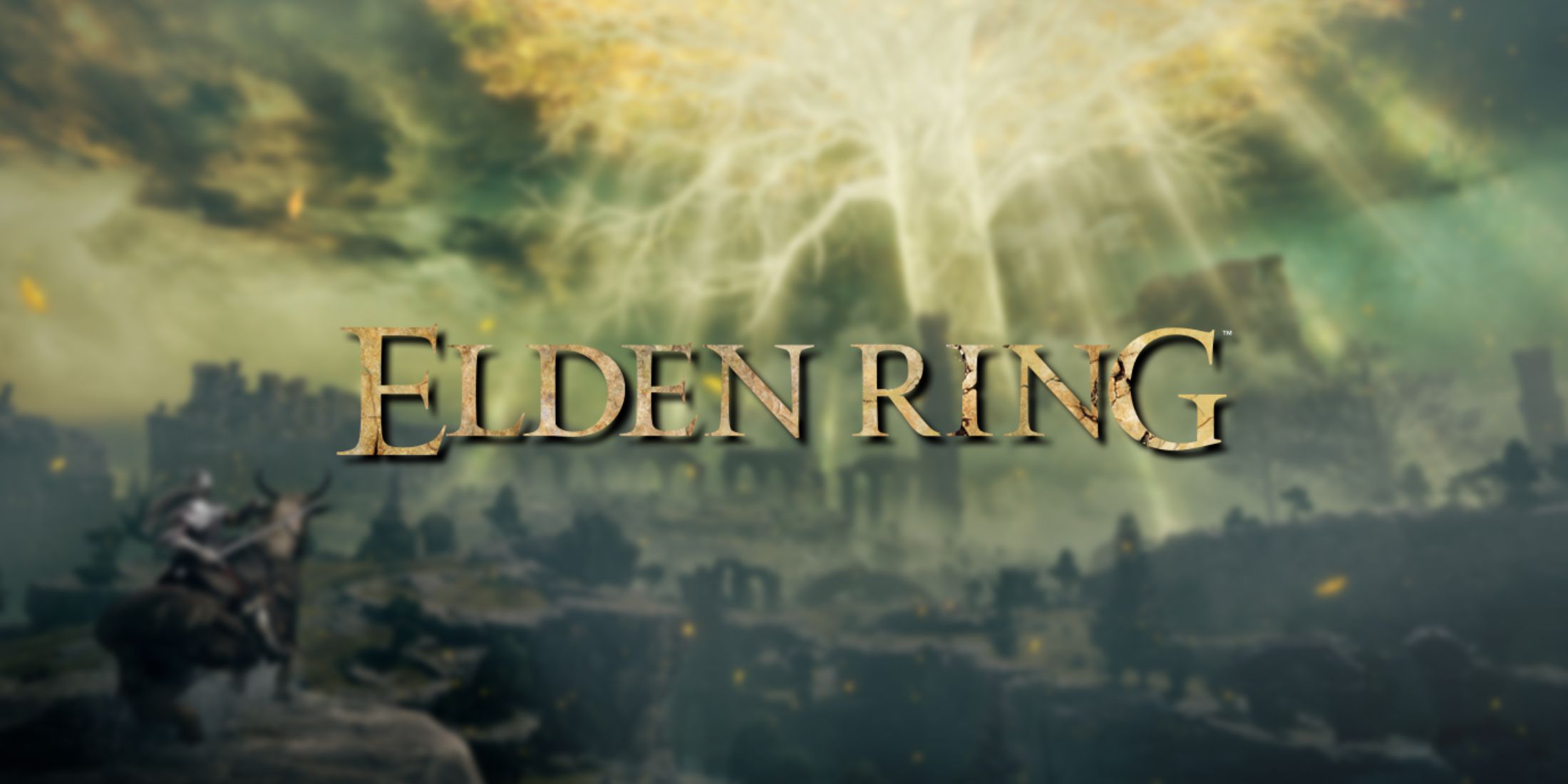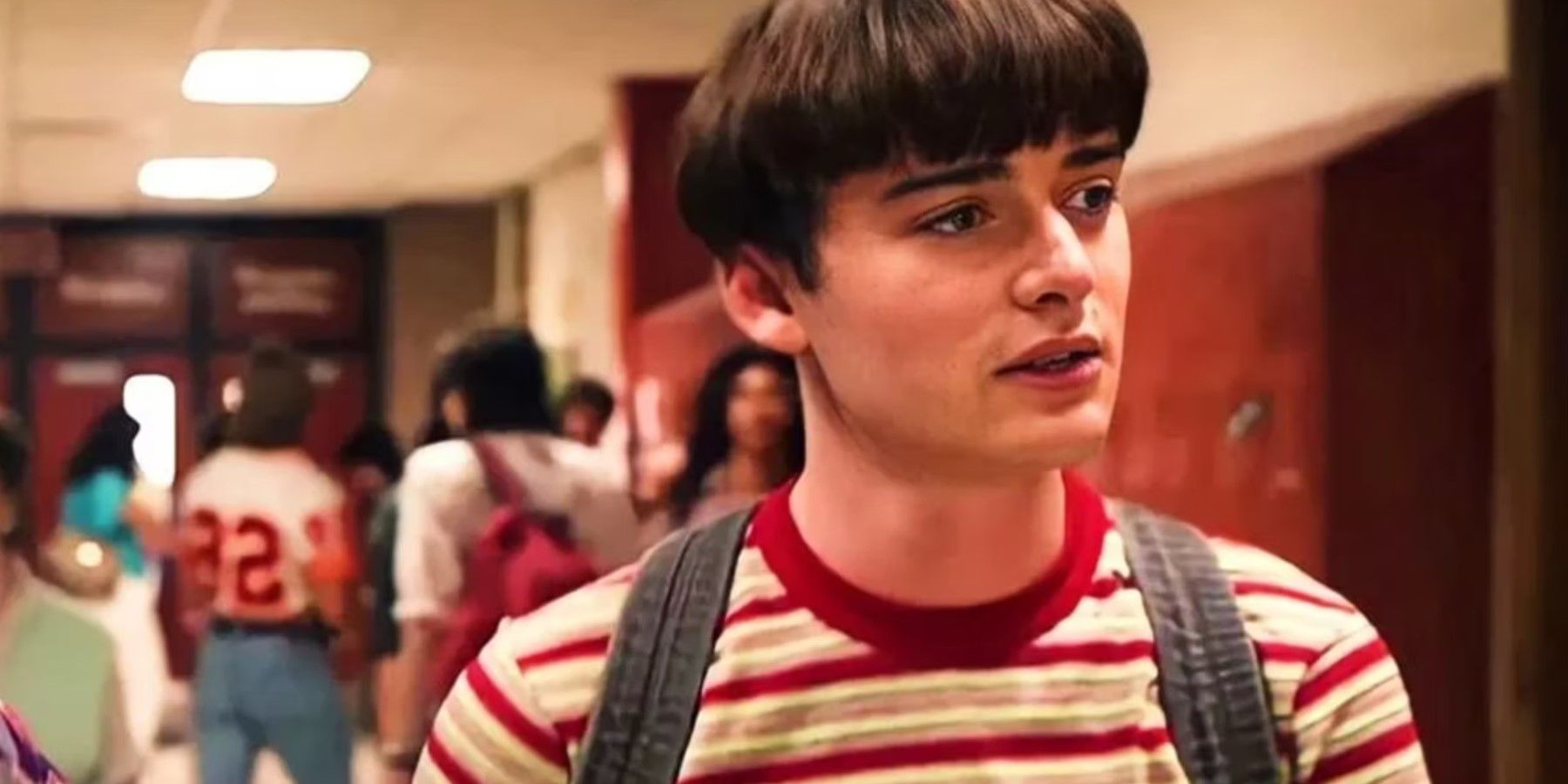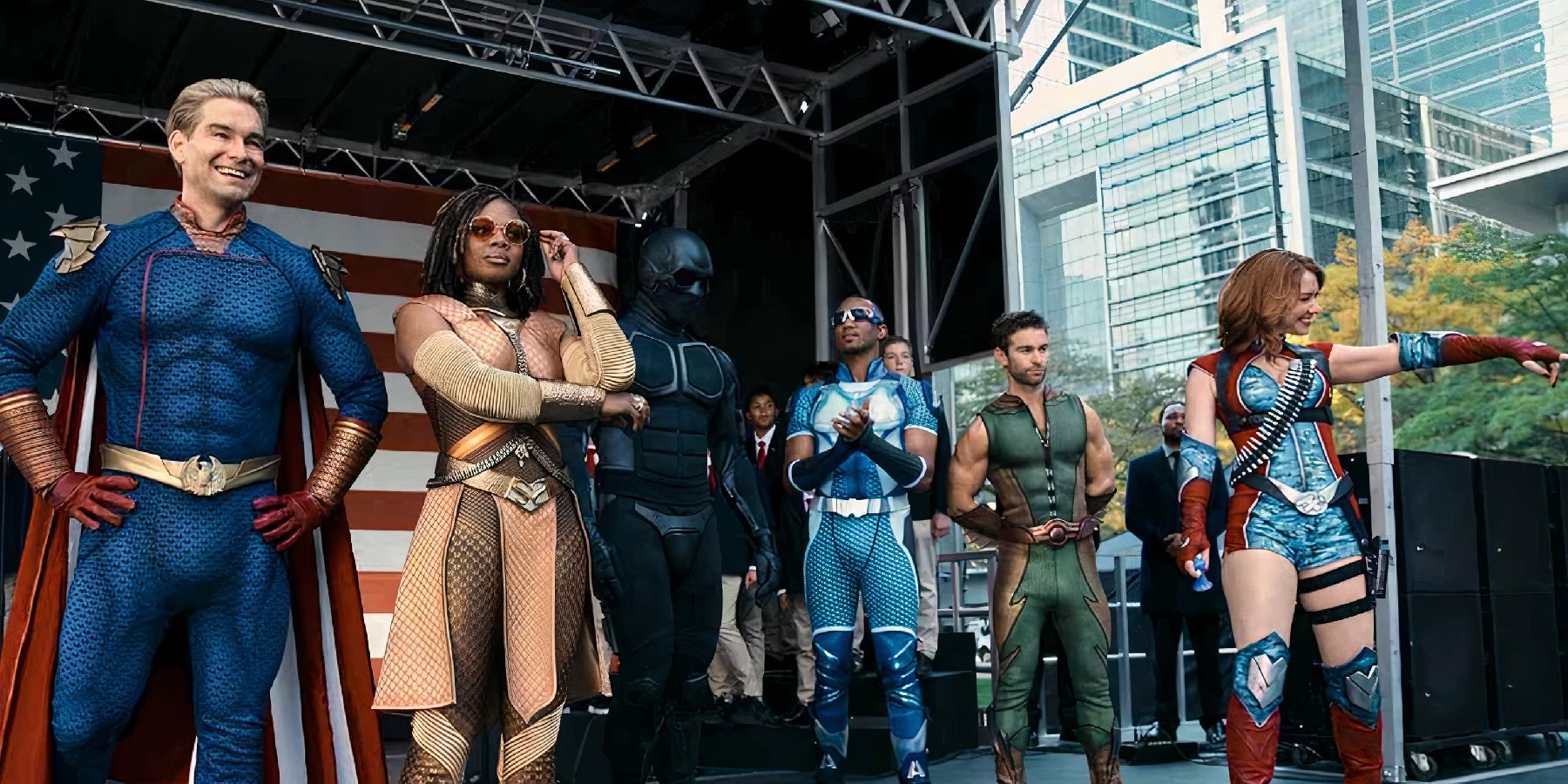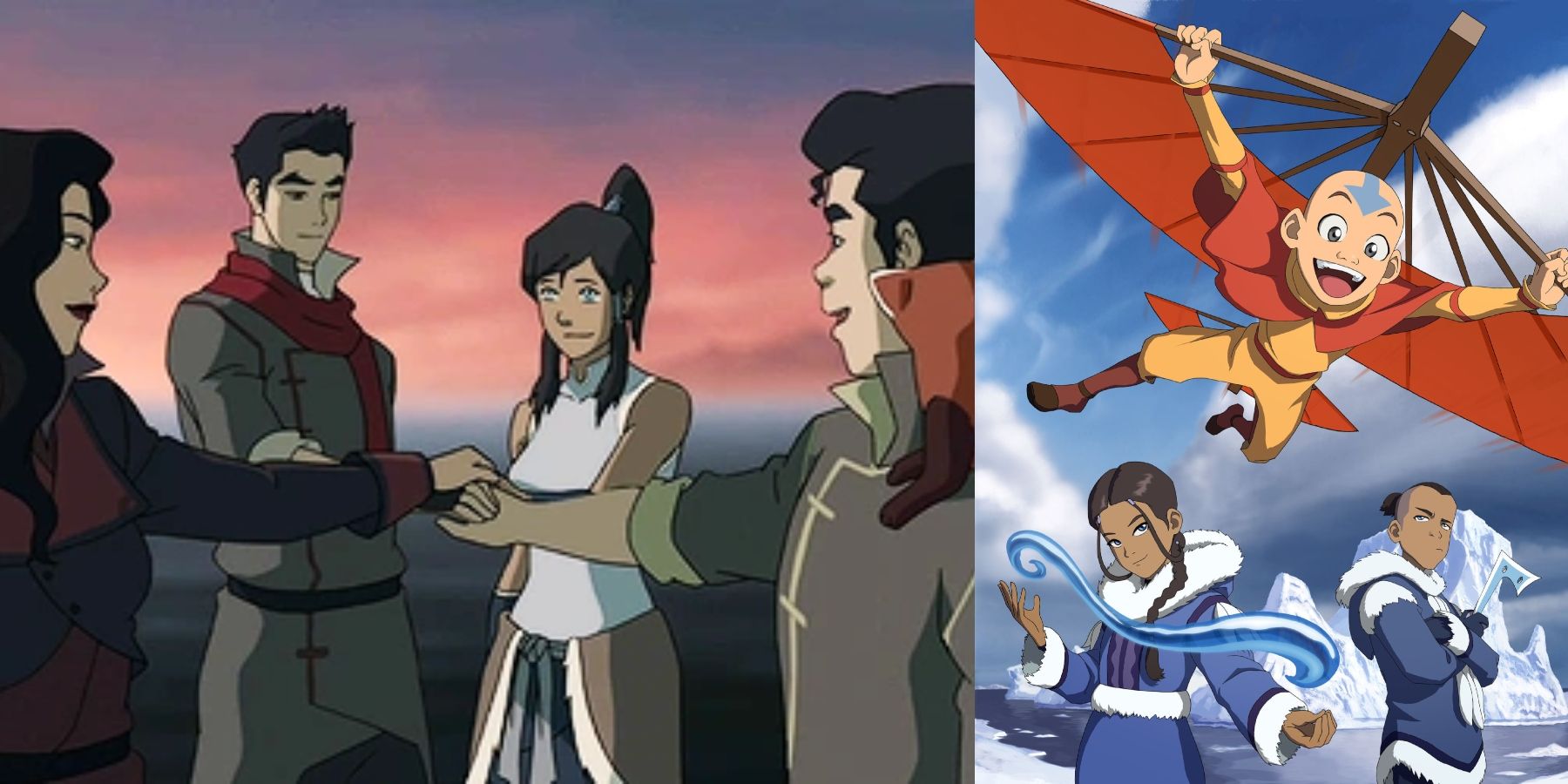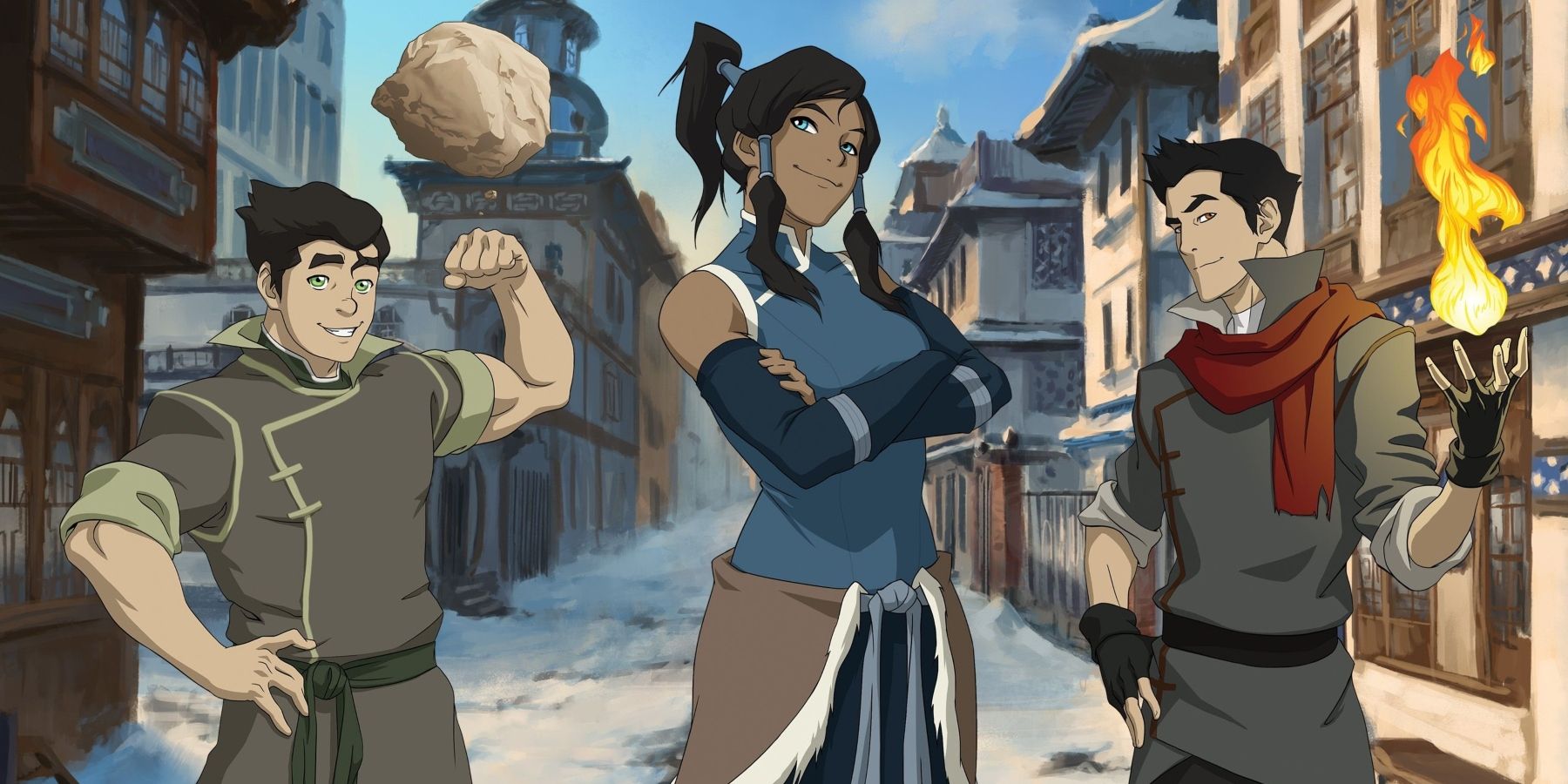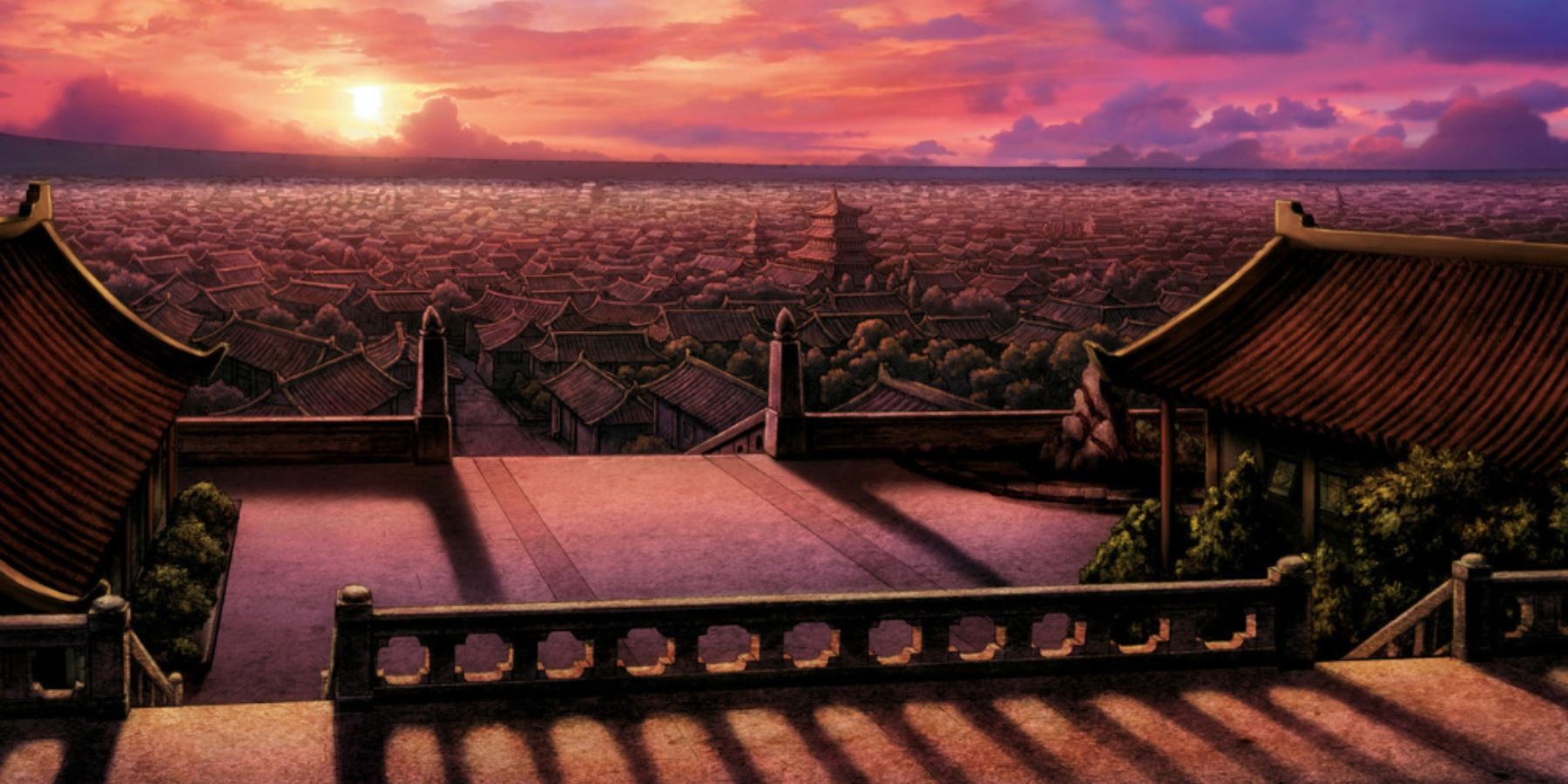Avatar: The Last Airbender, is one of the most revered animated children’s shows of our time, possibly because of its unusually deep lore, but mostly because of its tenacious characters, its heartfelt messages, and its simple, yet whimsical style. The sequel series, the Legend of Korra, is a total contrast to the original, as it is a fast-paced, highly dramatized next installment, set in a far more modern world of political unrest.
Whilst there are undoubtedly some similarities between the two programs, namely that they both still focus on the Avatar mastering all four elements in a journey to keep peace among the scattered nations of their world, there are also so many differences that they almost need to be watched without comparison to one another. Otherwise, the Legend of Korra tends to fall far short of expectations.
When changing and modernizing a world that is already so well-loved, the writers and directors were bound to come into some difficulties. And whilst they did an amazing job at expanding the lore of the world, and incorporating a host of amazing power in specialized bending techniques, this also brought with it the desire to be bigger and better than what came before. Subsequently, the homages to The Last Airbender felt like more of a mockery than a respectful nod to their origin. In fact, this is one of the biggest criticisms of Legend of Korra as a whole, that it lost the humble roots of Aangs beginnings, and created a controversial, highly mechanical, and overly political mess that lacked so deeply what fans loved about the simplicity at the heart of Aangs story.
This can be seen in many ways in Legend of Korra, especially in the variations from season to season. It felt as though each season was trying to top the last, each had a bigger and a worse villain that Korra and her friends had to defeat, and eventually, each win became futile, because audiences knew that another, worse villain was just on the horizon.
The first season villain, Aman, was one of the most powerful water benders in the franchise and explored some exciting possibilities left untied at the end of the Last Airbender, including the introduction of blood-bending, kept alive by Katara, the unrest between the benders and non-benders in society, and worst of all the consequences of Aang taking Firelord Ozai’s ability to control his element, which resulted in villains worldwide beginning to know about Energy Bending. Once this door was opened, it paved the way for people like Aman to abuse the power, which started as a great premise in season 1. But when he was defeated, they had to think of something better, and then when that was gone, something better still, until Legend of Korra became an endless battle of futility.
Not only did the series try to upscale its villains from the original storylines, but it also tried to upscale the depth of i’s protagonists too, which many fans feel also backfired. The Last Airbender was a story about children, for children, and it had the perfect balance of light-hearted comedy, and serious, heartfelt storytelling. The show was so full of layers, which didn’t shy away from grief and trauma, or from highlighting the darkness that people can bring to the world when they choose the wrong path, but it dealt with these subjects in a way that was hopeful and sensitive and taught what was really important in life.
Legend of Korra, by comparison, focuses on its protagonists as teenagers, but with that, they fell into all of the stereotypes and over-done tropes of moody teenage angst, and love triangles that only create unwanted drama. The character of Korra herself is so much less likable, because she spends so much of her time being needlessly aggressive and petulant, which undermines all of the balance and the wisdom that an Avatar is supposed to learn with time and age.
There was something that fans found sacred in the beauty of Aang's world, the love of the host of magical creatures and beautiful locations that made the universe feel so expansive. Explorations of places like the Southern Air Temple, suspended high above the ground, and the Fire temple of the dragons, made the universe feel so rich and alive. The Legend of Korra’s busy cities, and overly mechanized industrial kingdoms lost the connection to the world, the connection to the bending that underpins everything so special in the nature of Aang and Katara’s journey. And now, with the announcement of the live-action remake, fans can’t help but turn their sights towards wondering what the Last Airbender movie will be about. Will it go back to the heart and the roots of the original, or will it build on Korra’s crass and convoluted world?

